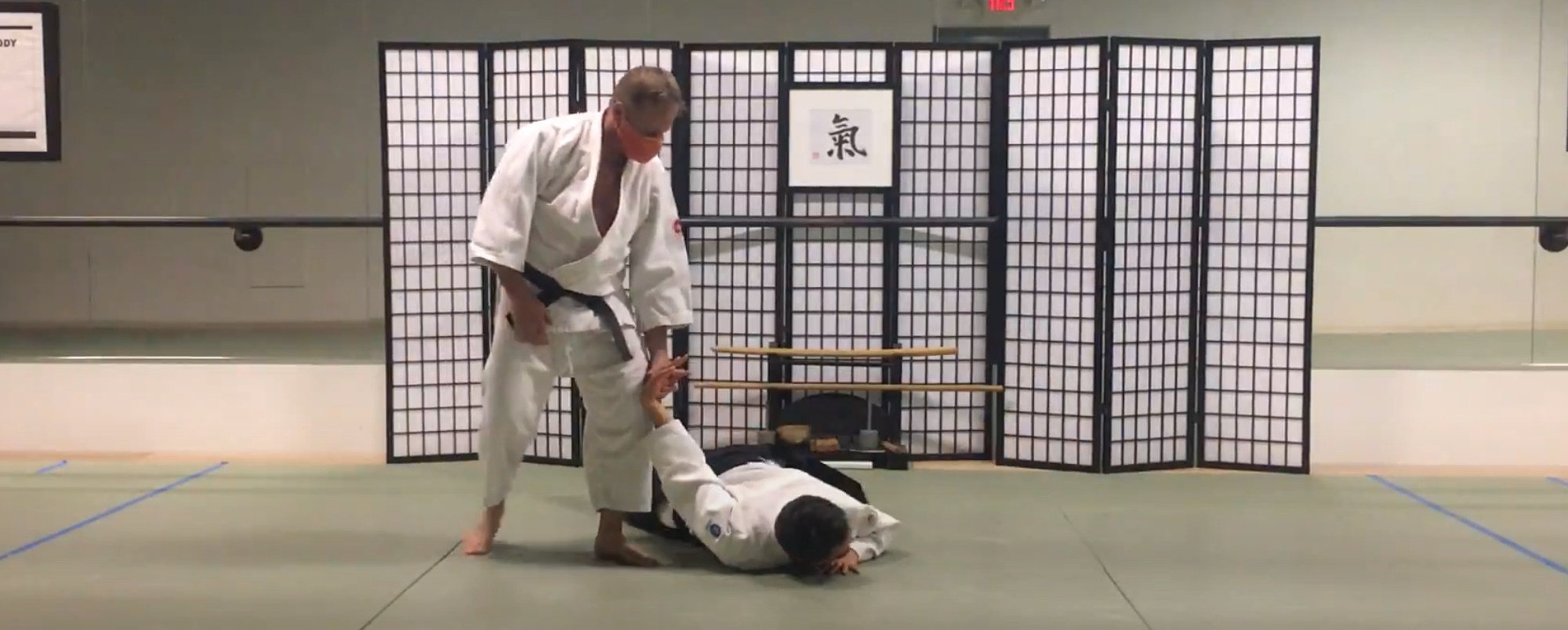Are you contemplating a choice between Wing Chun and Aikido? This article offers a comprehensive comparison of these two martial arts, highlighting their origins, principles, techniques, and self-defense capabilities. Whether you are new to martial arts or an experienced practitioner, this guide will assist you in making an informed choice by examining the advantages and disadvantages of both Wing Chun and Aikido. Embark on a journey of martial arts discovery and identify the style that resonates with you.
Origins and History
Wing Chun and Aikido have distinct origins and histories that reflect their unique evolution. Wing Chun, originating in 17th-century China, was formulated by Buddhist nun Ng Mui. It synthesizes Shaolin Kung Fu with natural and animal-inspired movements. This art form gained prominence through successive masters, notably Ip Man, who popularized it in the 20th century.
Conversely, Aikido emerged in early 20th-century Japan, founded by Morihei Ueshiba. He amalgamated various martial arts, including Daito-ryu Aiki-jujutsu, to create a discipline focused on harmony and non-resistance.
Principles and Philosophy
Delving into Wing Chun and Aikido’s principles and philosophies unveils their distinct combat and self-defense approaches. Wing Chun advocates for efficiency, using minimal energy for maximum impact, and specializes in close-range combat with simultaneous attack and defense. In contrast, Aikido, a Japanese art, promotes harmony by redirecting and neutralizing forces instead of direct confrontation. Both arts, however, converge in their emphasis on personal growth and discipline.
Techniques and Training Methods
Investigating the techniques and training methods of Wing Chun and Aikido reveals their practical applications. Wing Chun, known for its quick and efficient close-range combat, uses punches, kicks, blocks, and hand trapping. Aikido, alternatively, focuses on joint locks, throws, and falls, emphasizing energy redirection. Both martial arts value repetition and muscle memory in mastering their techniques.
Self-Defense Applications
In self-defense, Wing Chun offers rapid, direct methods for neutralizing threats, focusing on attacking vulnerable areas. Aikido’s approach involves joint locks, throws, and immobilizations, aiming to subdue opponents without causing significant harm. Each style provides practical skills for real-world defense scenarios.
Pros and Cons of Each Style
Assessing the pros and cons of each style is crucial. Wing Chun excels in close-quarters combat and energy efficiency but may lack in grappling techniques. Aikido, known for its joint locks and throws, requires high skill levels for effective execution and may not offer extensive striking techniques. Your choice should align with your personal preferences and anticipated self-defense situations.
Frequently Asked Questions
- Famous Practitioners: Both Wing Chun and Aikido have notable practitioners who have gained recognition in their respective arts.
- Time to Proficiency: Achieving proficiency in either Wing Chun or Aikido typically demands years of dedicated practice and consistent effort.
- Practicing with Physical Disabilities: Individuals with physical disabilities can adapt and practice both Wing Chun and Aikido, utilizing technique and leverage to compensate for physical limitations.
- Competitions and Tournaments: Both martial arts host specific competitions and tournaments, allowing practitioners to demonstrate and hone their skills.
- Teaching Methods: The teaching methods of Wing Chun and Aikido vary in their approach to techniques, principles, and philosophies, reflecting each art’s unique focus and style. Understanding these differences can guide you to the martial art that best suits your learning preferences and goals.




